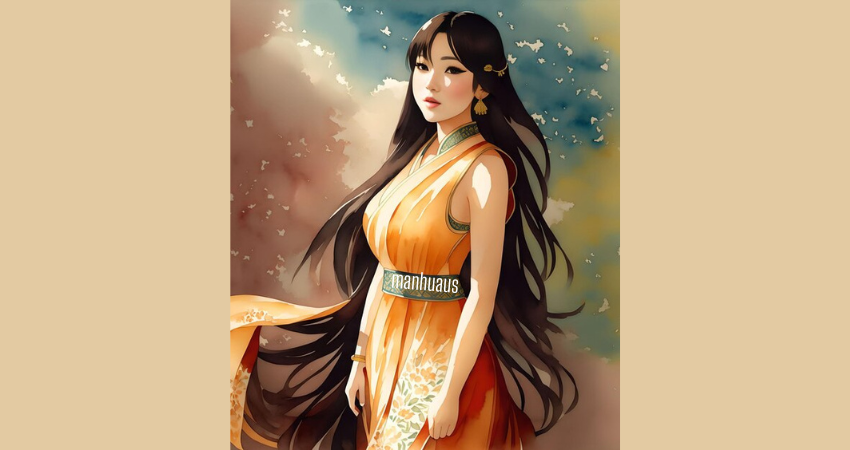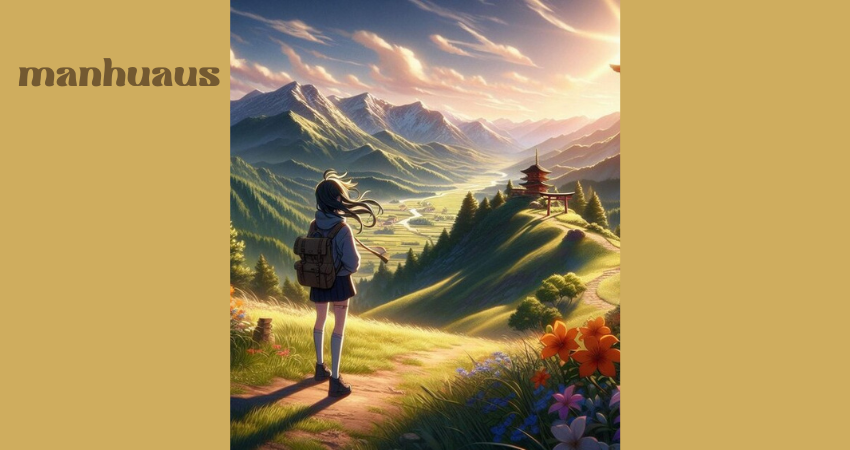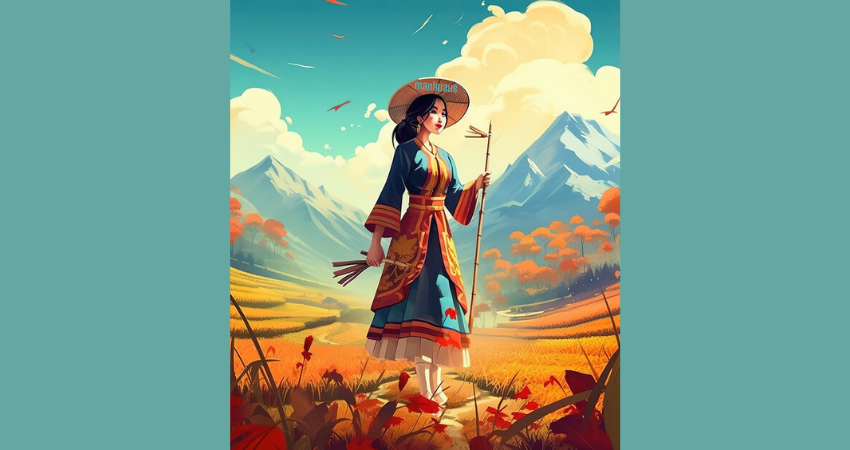History is a tapestry woven with the lives of countless beings, their stories stretching through the fabric of time like threads of gold, silver, and shadow. Among these tales lies the hauntingly beautiful chronicle of the manhuaus—a people both enigmatic and poetic, their essence shrouded in a mystique that mirrors the rise and fall of empires, the whispers of forests, and the lament of lost ages.
From their origins in the mists of myth to their enduring influence on the hearts of those who still whisper their name, the story of the Manhuaus is not merely history. It is a song, a painting, a love letter to existence itself.
The Dawn of the Manhuaus: Origins Cloaked in Myth
Before time was measured in the ticking of clocks, before kingdoms carved borders into the earth, there was the myth of the First Whisperers. These were the progenitors of the Manhuaus, born of a union between sky and earth, their souls forged in the fiery breath of creation itself. Legends speak of their emergence in a land where mountains kissed the heavens, and rivers carried secrets to the sea.
The early Manhuaus were dreamers and creators, said to possess a unique connection to the unseen world. Unlike other tribes of antiquity, they communicated not just with words but with symbols etched into stone, woven into cloth, and sung into the wind. Their art was their language, their stories preserved not in books but in the heartbeats of nature.

The Golden Age: A Civilization of Wonder
As centuries passed, the Manhuaus carved a civilization that rivaled the stars in brilliance. This era, often referred to by historians as the Golden Thread, marked their zenith in art, philosophy, and architecture.
Architecture in Harmony with Nature
Their cities were unlike any seen before or since—nestled within the arms of ancient forests, built of materials that whispered rather than shouted their presence. Towers wrapped in ivy spiraled skyward, and bridges of living wood arched over rivers like nature’s own handiwork.
Philosophy of Unity
The Manhuaus believed in a concept they called Alu’en, a harmony that existed between all things. To them, life was not a linear path but a dance, each step connecting with the universe’s eternal rhythm. This belief permeated their culture, fostering peace within their society and a profound respect for the world around them.
The Sacred Arts
Manhuan art was both a celebration and a form of prayer. Their paintings shimmered with pigments derived from crushed gemstones, their sculptures seemed to breathe, and their songs carried the essence of rain and starlight. Each piece was a bridge between the physical and the spiritual, a testament to their understanding of existence’s duality.
The Shadow of Despair: The Fall of the Manhuaus
Yet no golden age endures without the shadow of entropy creeping at its edges. The fall of the Manhuaus was not the result of war or conquest, but a slow unraveling—a tragedy that began within.
The Fragmenting of Alu’en
As the centuries wore on, the balance the manhuaus so cherished began to falter. Disputes over the interpretation of Alu’en gave rise to factions. Some clung to tradition, while others sought to redefine their place in an ever-changing world.
The Devouring Flames
Nature itself, once an ally, turned indifferent. A series of cataclysmic events—volcanic eruptions, relentless storms, and a mysterious blight—ravaged their lands. The Manhuaus, so deeply connected to their environment, felt these events as wounds upon their collective soul.
The Vanishing
By the time the outsiders came, the manhuaus were but a whisper of their former glory. Many had migrated to distant lands, their culture diluted and scattered like ashes in the wind. The once-mighty civilization faded into obscurity, their cities reclaimed by the forests they had so lovingly nurtured.
Echoes of the Manhuaus: Legacy and Influence
Although the Manhuaus vanished, their spirit lingers like the scent of rain on a summer breeze. Their philosophy of Alu’en finds echoes in modern movements for environmental stewardship and mindfulness. Their art, rediscovered in fragments, inspires awe and reverence, hinting at the grandeur of what was lost.
Rediscovering Their Art
In 1892, an archaeological expedition uncovered what would later be called the Chamber of Whispers, a hidden sanctuary adorned with Manhuan carvings and murals. These works displayed a sophistication and emotional depth that captivated the world, sparking a renaissance in appreciation for their culture.
Manhuaus in Modern Thought
Philosophers and spiritual leaders continue to draw from the Manhuaus’ teachings, their emphasis on interconnectedness serving as a balm for a fractured world. Poets write of their beauty, scientists marvel at their ingenuity, and dreamers see in their story a reminder of humanity’s potential for both creation and destruction.

The Manhuaus in Our Hearts
The story of the manhuaus is not simply a history to be told; it is a legacy to be lived. Their lives were an ode to beauty, their struggles a testament to the fragility of even the brightest flames. As we walk through our modern world, with its towering steel and restless cities, may we carry with us the wisdom of the Manhuaus:
To honor the harmony within and around us.
To find art in the everyday.
To listen to the whispers of the past, and to create a future worthy of their song.
Frequently Asked Questions
1. Who were the Manhuaus?
The Manhuaus were an ancient, highly creative civilization known for their harmonious way of life and exceptional art. They thrived in a land that blended natural beauty with human ingenuity.
2. What does “Alu’en” mean?
Alu’en was the Manhuaus’ philosophy of unity and harmony. It emphasized interconnectedness among all living and non-living things, forming the cornerstone of their culture.
3. Why did the Manhuaus disappear?
Their disappearance is attributed to internal divisions and environmental catastrophes, which led to the collapse of their society and migration of their people.
4. What is the significance of the Chamber of Whispers?
The Chamber of Whispers is a key archaeological find that revealed the Manhuaus’ artistry and spirituality. Its carvings and murals provide invaluable insights into their culture.
5. How do the Manhuaus influence modern culture?
Their principles of interconnectedness resonate with environmental and philosophical movements today. Their art and philosophy continue to inspire creativity and introspection.
6. Are there descendants of the Manhuaus today?
It is believed that their descendants may have merged with other cultures, their traditions subtly influencing regions where they once lived.


